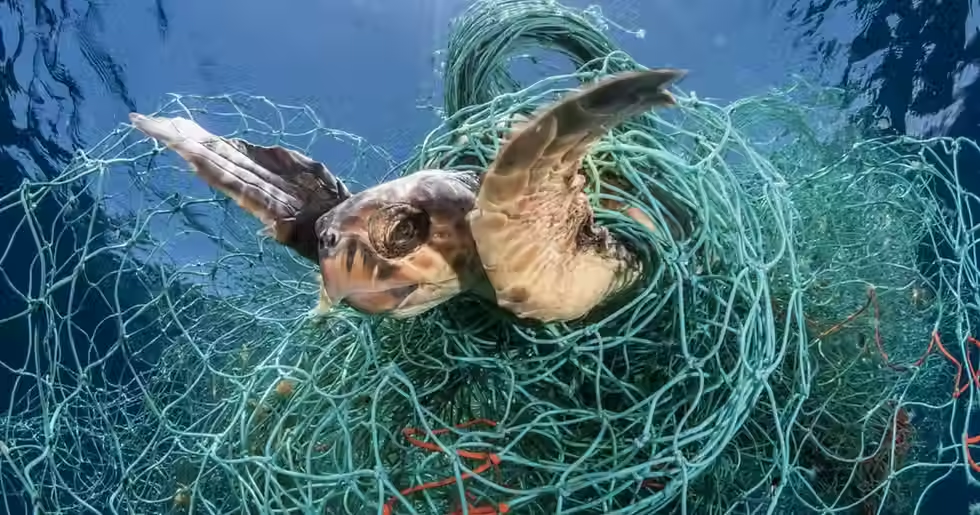Day Zero: A Citywide Water Apocalypse
- Kyle Tianshi

- Apr 29, 2022
- 3 min read

Day Zero–the term coined for the date when a city runs out of water. All taps connected to homes and businesses are shut off. Each citizen is limited to a maximum of 25 liters of water per day produced by public water pumps around the city–a far cry from the 300 liters the average person normally uses. Showers, flushable toilets, sinks, washing machines, and gardens are a distant luxury.1 It’s a terrifying thought.
Along the coast of South Africa, Cape Town, a port city home to some five million residents2, has already faced the daunting and very real possibility of a Day Zero. Over half of Cape Town’s water comes from Theewaterskloof Dam, an enormous lake that can hold nearly 500 million cubic meters of water at full capacity. The city’s Department of Water and Sanitation bases all of its restrictions on the amount of water in the dam.
Up until 2014, the dam stayed at a reasonably safe level of 71.9% capacity, but three continuous years of drought caused by the El Niño weather pattern led to a rapid 25% decline in water capacity by 2015. In January of 2016, Level 2 water restrictions were put in place. Gardens and park areas could now only be watered for one hour a day. Capetonians weren’t too concerned about this new development–the constant dry desert climate of South Africa meant that they were always living under Level 1 restrictions.
However, not 10 months later, the Department of Water and Sanitation announced that the situation was now rising into Level 3 restrictions. In June of 2017, the drought was officially declared the worst to occur in over a century, with restrictions now raised to Level 4. Capetonians were strongly encouraged to keep their water usage to 100 liters a day while fountains, water parks, and more were shut down. Even with the continued regulations, the situation only got worse and worse. Theewaterskloof Dam reached a paltry 15% water depth.
At the beginning of 2018, the government declared that Level 6 restrictions would be implemented and Day Zero would occur when the water levels of the dam dropped beneath 13.5%. If Cape Town continued on its downward trend, citizens would have to cut down their working hours to get water from 1 of 149 water pumps located around the city.
It seemed that Day Zero was inevitable. Scientists gave an estimated timeframe of 6 months before it occurred.
Then, a miracle happened. The restrictions, now down to 50 liters a day, began to have an effect. On March 12, 2018, the city only consumed 511 million liters of water, an astonishing achievement given that it used to drain over 1.2 billion liters on an average day. Slowly but surely, the water level stopped dropping. Heavy rainfall during the winter and strong enforcement of the restrictions aided the ascent back to normality. It’s now 2021, and water levels are back at 75%. Potable water is always going to be a struggle for drought-stricken areas like South Africa, but Capetonians have learned to appreciate water as a precious resource and not something to be wasted.
Soon, many other cities will face their Day Zeroes, and not all of them will be able to avert their crises. As water scarcity becomes more prevalent, it’s vital to ask why exactly Cape Town skirted so close to catastrophe before rising back to safety.
The biggest factor is the city’s shocking lack of water filtration infrastructure. Despite being situated right next to the coast, Cape Town only began planning its first desalination plant in 2018 as a reaction to the drought. Regardless of climate and location, regions around the world need to start implementing sustainable solutions to water scarcity. We should adopt the Capetonian mindset that water is a highly limited resource and must be protected at all costs. In the end, the only way to prevent another Day Zero water crisis is to stop it before it even starts–and the only way to stop it is to take action now.




https://www.linkedin.com/posts/alexpassini_water-innovation-desalination-activity-6837411010253611008-jlV_